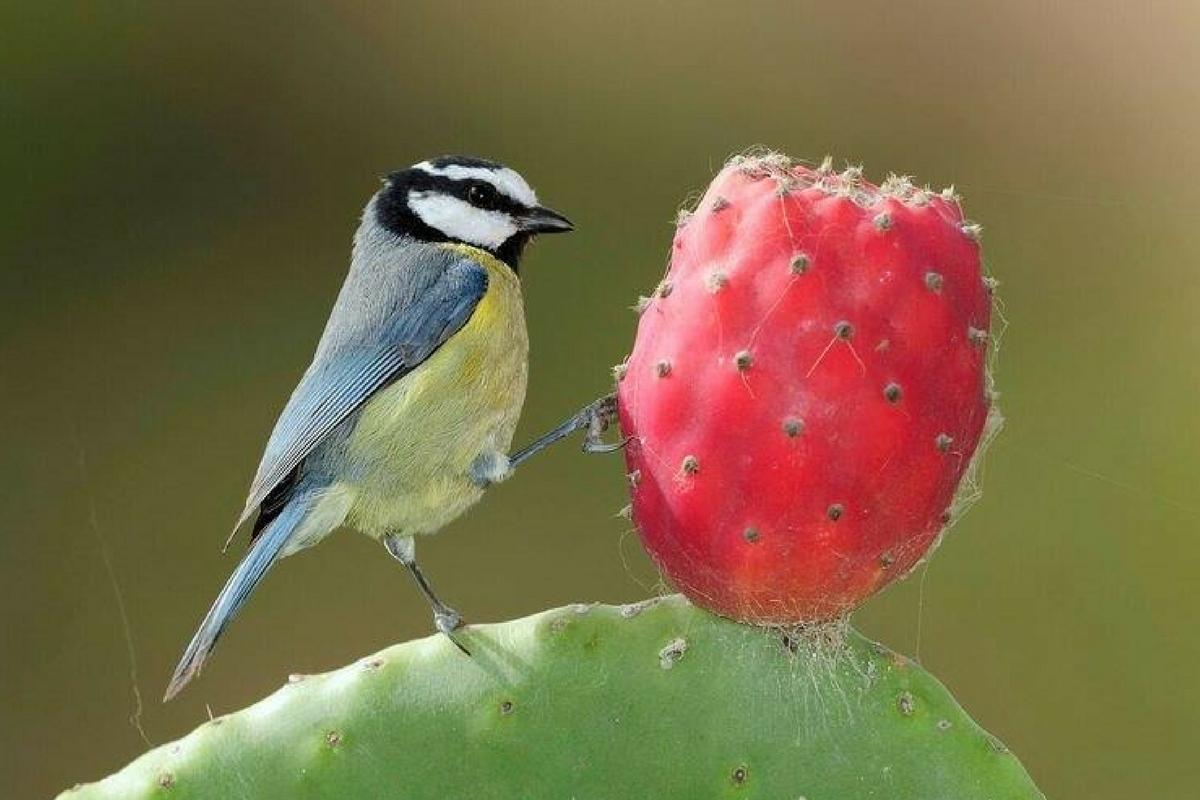In 1967, MacArthur & Wilson published an important theory explaining what determines the number of species found on islands. However, one of their key predictions – that island species diversity tends towards an equilibrium - has never been demonstrated over long time scales and remains controversial. A new study using DNA sequences and fossil data of birds from a group of oceanic archipelagos known as Macaronesia, demonstrates that bird diversity in these islands has remained constant over long periods – confirming MacArthur & Wilson’s 50-year-old prediction.
This year, the scientific community is celebrating the 50th anniversary of the publication of the influential theory of island biogeography by Robert MacArthur and Edward Wilson. In the 1960’s, the two American ecologists had an idea that revolutionized our understanding of biodiversity: they proposed that the number of species on islands tends towards a constant number, which they called a dynamic equilibrium. The classic representation of their theory – an elegantly simple graph showing that the number of species on islands is the result of a dynamic process between immigration and extinction - is now an indispensable part of any ecology and biogeography textbook. MacArthur and Wilson’s theory has had important implications for various fields – from the study of remote volcanic islands, to our understanding of how biodiversity is regulated on island-like systems such as lakes and mountains. But the theory has also been applied to continents and it has influenced the way protected areas are planned and managed for conservation.
While the fundamentals of the theory are widely accepted, MacArthur & Wilson’s key prediction that islands tend towards an equilibrium diversity remains controversial. Indeed, recent developments in the study of the geology of islands and their biotas have suggested that such an equilibrium may rarely or never be achieved. However, until recently biologists lacked the means to test the equilibrium theory, because this required obtaining information on the number of species that was present on islands in the distant past – hundreds to millions of years ago.
In new study in Current Biology, a group of biologists (from the Museum für Naturkunde Berlin, University of Potsdam, University of Oviedo and University of Groningen) decided to try and test the equilibrium prediction of the theory of island biogeography by focusing on a group of archipelagos that make up the oceanic region known as a Macaronesia. The four archipelagos (Azores, Canary Islands, Cape Verde and Madeira) are known for their high diversity of species, many of which are found nowhere else. The islands differ in climate, proximity to the closest continent (Africa and Europe), but also in area and number of islands, making them an ideal and interesting setting to address the question of equilibrium. The authors obtained DNA sequences from all species of land birds living on the islands. These included the rare Azores Bullfinch, the recently discovered Gran Canaria blue chaffinch, and the poorly known Raso lark (found only in a very small islet of Raso in Cape Verde). They also included sequences from the species’ closest relatives on the continent in Africa and Europe, including nearly 400 species. They used the molecular data to estimate how long ago each species had colonized the islands. In addition, they obtained information on species that had gone extinct from the islands based on previous studies done by palaeontologists.
They applied a stochastic multi-archipelago computer simulation model to these data to try and estimate the rates at which species colonized and went extinct from the islands, as well as the rate at which new endemic species have evolved. They then simulated the model to see how the number of species in each archipelago had varied through time since the formation of the islands. Remarkably, they found that the four archipelagos had achieved and maintained an equilibrium diversity over long time scales, in other words, the diversity of birds species on the islands had remained constant through time, has MacArthur and Wilson had predicted. These results suggest equilibrium processes may be much more common than recently proposed and the authors argue that future studies on other islands that are similar to those of Macaronesia (e.g. exhibiting low rates of in situ speciation and high rates of extinction) may also reveal a similar pattern. 50 years after the publication of their theory, it seems that MacArthur and Wilson were right all along.
Publication:
Valente L, Illera JC, Havenstein K, Pallien T, Etienne RS & Tiedemann R (2017). Equilibrium bird species diversity in Atlantic islands, Current Biology, http://dx.doi.org/ 10.1016/j.cub.2017.04.053.
